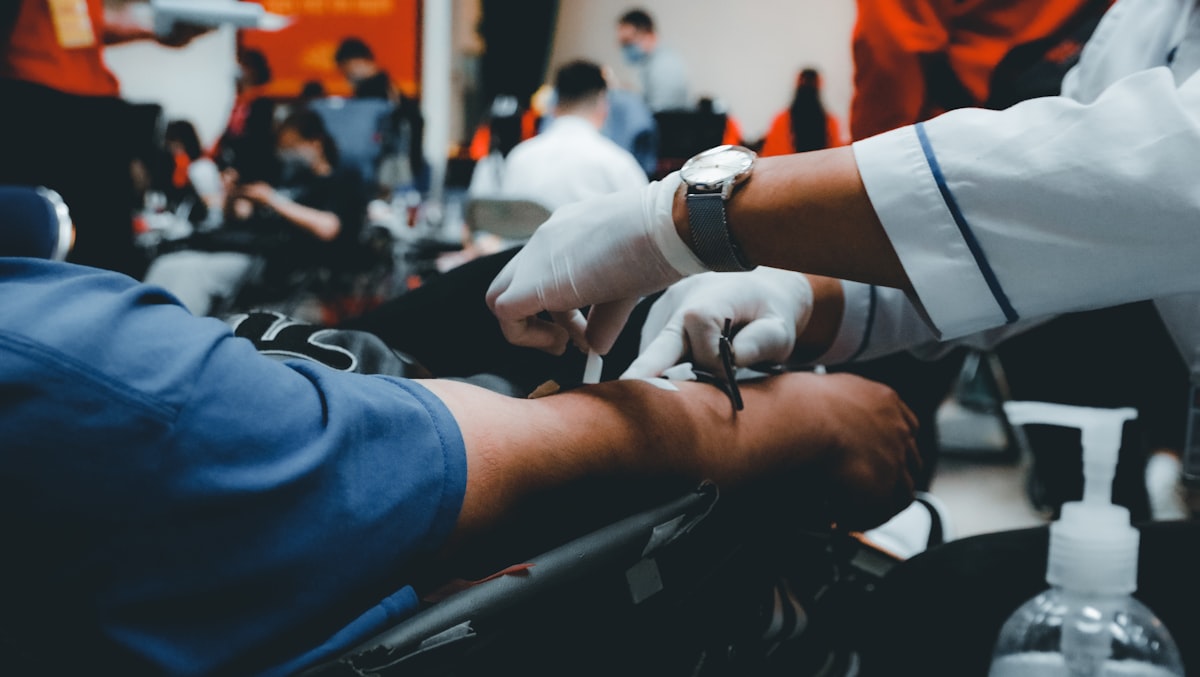Why Donating Blood is Way Cooler than You Think
Blood donation in Mexico can save lives and improve health, yet myths and lack of awareness hinder donors. Understanding blood groups and debunking myths is crucial. Let's unite to meet the demand and save lives.

In Mexico, the act of donating blood, which takes only around 50 minutes to an hour, can have a profound impact on both the lives of recipients and donors alike. Blood donation has been shown to increase life expectancy, improve health conditions, and enable safer surgical procedures. According to specialists from the UNAM's Faculty of Nursing and Obstetrics, a single donation of 450 milliliters can save up to three lives.
However, despite its numerous benefits, there remains a lack of awareness and understanding surrounding blood donation, leading to various myths and misconceptions that hinder potential donors. It is essential to shed light on the significance of blood donation in Mexico and debunk the myths that often deter potential donors.




